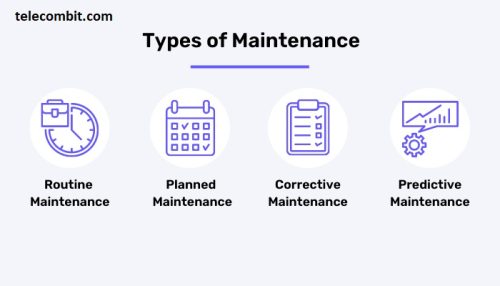Common Mistakes To Avoid In Knowledge Base Software
Knowledge base software serves as a vital resource for organizations, enabling them to store and share important information. However, like any other software, there are common mistakes that businesses make when implementing knowledge base solutions. In this article, we will explore some of these mistakes and provide valuable insights to help you avoid them. By steering clear of these pitfalls, you can ensure that your knowledge base software operates effectively and serves as a valuable asset for your organization’s success.

Neglecting a Clear Content Strategy
Having a comprehensive content strategy is crucial when it comes to knowledge base software. Many organisations make the mistake of rushing to populate their knowledge base without a well-thought-out plan. This can result in scattered and inconsistent information, making it difficult for users to find what they need. To avoid this, take the time to define your content strategy, including the topics you want to cover, the target audience, and the level of detail required. This approach will ensure that your knowledge base software provides valuable and relevant information to users.

Poor Organization and Categorization
Proper organisation and categorization of information is vital for a successful knowledge base. Some businesses make the mistake of creating a single, large category or failing to define clear hierarchies. This leads to confusion and frustration for users who struggle to locate the information they need. To address this, create logical categories and subcategories that reflect the structure of your organization and the needs of your users.
Implement an intuitive navigation system that allows users to easily navigate through different sections of the knowledge base. By organizing and categorising your content effectively, you enhance user experience and maximise the value of your knowledge base software.

Neglecting Regular Updates and Maintenance
Knowledge base software is not a one-time setup; it requires ongoing maintenance and updates. Many organizations make the mistake of neglecting these crucial tasks, resulting in outdated information and broken links. To avoid this, assign dedicated personnel responsible for regularly reviewing and updating the content within your knowledge base. Ensure that the information remains accurate, relevant, and up to date. Additionally, monitor user feedback and track frequently asked questions to identify areas that require improvement or additional content. By committing to regular updates and maintenance, you can keep your knowledge base software fresh and valuable to users.

Lack of User-Friendly Search Functionality
One of the primary purposes of knowledge base software is to provide users with quick access to information. However, some organisations overlook the importance of implementing a robust search functionality. Without an efficient search feature, users may struggle to find the specific information they need, leading to frustration and inefficiency.
To avoid this mistake, invest in a search engine that can handle various search queries and provide accurate results. Incorporate advanced search filters, such as keyword search, category filters, and tagging systems, to enhance the user experience. By prioritising a user-friendly search functionality, you empower users to locate information effortlessly within your knowledge base.

Insufficient User Training and Support
Effective user training and support are vital for the success of knowledge base software. Organisations often make the mistake of assuming that users will intuitively know how to navigate the system and find the information they need. However, without proper training and support, users may struggle to utilise the knowledge base software effectively.
To avoid this pitfall, provide comprehensive training materials, tutorials, and guides to help users understand how to navigate and utilise the knowledge base. Additionally, offer dedicated support channels, such as live chat or email support, to address user inquiries and resolve any issues promptly. By prioritising user training and support, you ensure that your knowledge base software becomes a valuable resource for your organisation.

Conclusion
Avoiding common mistakes in knowledge base software implementation is crucial to maximise its benefits for your organisation and ensure a seamless user experience. By understanding and addressing these mistakes, you can create a well-organised, up-to-date, and user-friendly knowledge base that effectively serves your organisation’s needs. To summarize, some common mistakes to avoid in knowledge base software include neglecting a clear content strategy, poor organization and categorization, neglecting regular updates and maintenance, lack of user-friendly search functionality, and insufficient user training and support.






